Secretary of defense Lloyd Austin underwent an elective surgical procedure, still unspecified, at the end of December. Because complications, also unspecified, developed, he was hospitalized on Monday and spent three days in intensive care. He is still in the hospital as of Monday, January 8.
What is remarkable about this episode is that the public was not informed that the man who is in charge of national defense and sixth in the line to the presidency was seriously ill. But neither was the White House itself. President Biden did not learn that his defense secretary was, well, hors de combat, until Thursday, and the public did not learn of it until Friday. Austen’s deputy apparently didn’t know either as she was on vacation in Puerto Rico.
It is not unusual these days for a seventy-year-old man to need an occasional surgical procedure. And even with modern medicine these procedures sometimes do not go quite as planned. What is highly unusual is that it was all kept secret from the public and even from the president himself.
Highly unusual, yes, but unprecedented? No.
In 1893, shortly after his return to the White House for a second term, Grover Cleveland noted a rough spot on the roof of his mouth. When the White House doctor, Major Robert O’Reilly, dropped by for a social visit, the president asked him to take a look. O’Reilly found a lesion that he described as “nearly the size of a quarter with cauliflower granulation.”
O’Reilly took a sample and sent it to the Army Medical Museum for analysis without specifying where the sample had come from. And he consulted with Dr. William Welch, a pathologist and one of the major founders of Johns Hopkins Hospital. Both diagnosed an epithelioma, a lesion of the outer layer of the skin and other organs, sometimes malignant and sometimes not. (Basal and squamous cell carcinomas, cancerous but rarely fatal, are epitheliomas.)
O’Reilly called in surgeons William W. Keen and Joseph D. Bryant, the latter a noted expert on surgery of the upper jaw and hard palate. It was decided that an immediate operation was necessary. But there was one very big problem. In the spring of 1893, the Philadelphia and Reading Railroad and the National Cordage Company — the so-called Rope Trust — had both unexpectedly gone bankrupt. Wall Street panicked and the great depression of 1893, one of the worst of the nineteenth century, began to roll through the economy.
Cleveland was a Democrat but a sound money man while most congressional Democrats at that time favored inflation. So the president was in delicate negotiations with Congress to repeal the inflationary Sherman Silver Act, which had been a big part of the problems that led to the crash. Further he was scheduled to address Congress on the economic crisis in August.
Cleveland was afraid that his medical problem would cause the negotiations to go off the rails, while he also feared that news of a serious presidential illness would exacerbate the already swiftly gathering depression.
It was decided therefore that absolute secrecy was necessary. Thus the operation would have to be performed away from both the White House and any hospital. It was announced that the president would be taking a short vacation aboard the yacht Oneida owned by his friend, the wealthy New York banker Elias C. Benedict.
The yacht’s saloon converted into a surgical center, the operation took place on July 1, 1893. Besides O’Reilly, Kean, and Bryant, the surgical team had two more surgeons and a dentist, Ferdinand Hasbrouk, who also acted as anesthesiologist, administering nitrous oxide (laughing gas) and ether.
Hasbrouk removed two of the president’s teeth and then the surgeons got to work. It was soon determined that the tumor had spread into one of his left-side sinus cavities and more of his upper jaw had to be removed than had been anticipated. In all, a piece of jaw and hard palate that measured more than two and a half inches was excised. This considerably affected the president’s speech, so a prosthodontist was called in and fitted Cleveland with a hard rubber implant. After that, the president made a normal recovery, although the hearing on his left side was slightly affected. He was able to address Congress the following month, and no one was the wiser about his serious operation.
When a rumor — apparently started by Ferdinand Hasbrouk — began to spread about the operation, the White House was able to squelch it by stating that the president had developed a toothache and had had a tooth removed on board the yacht because, fortunately, there had been a dentist aboard who could do the job.
It would be 1917, nine years after Cleveland’s death, that the public learned the full story of his secret operation at sea.



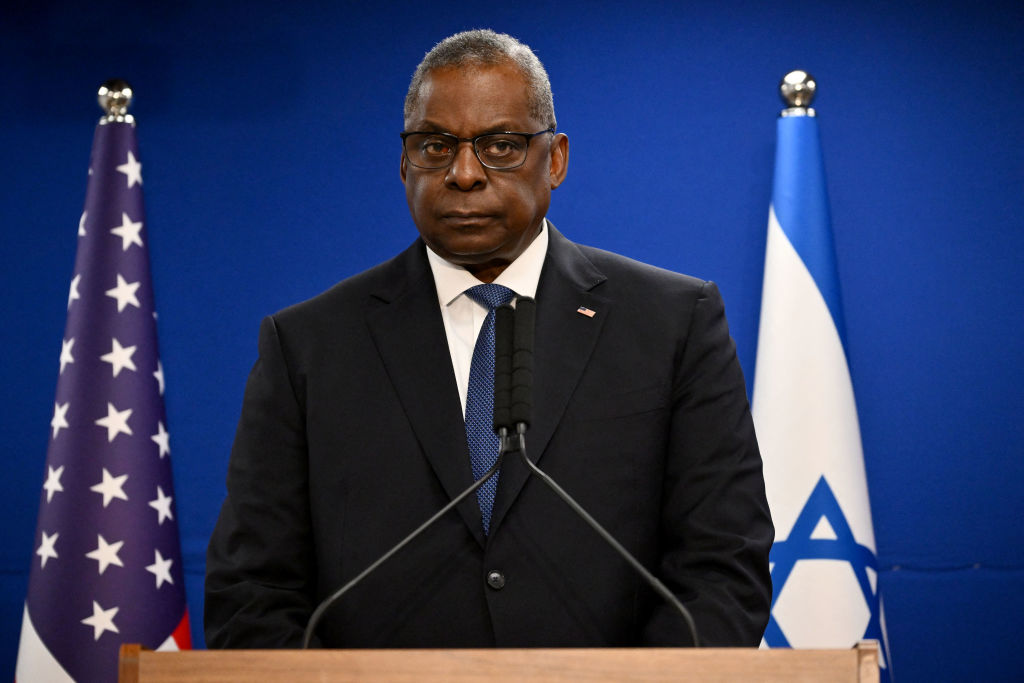






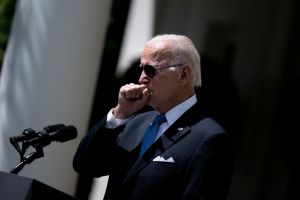
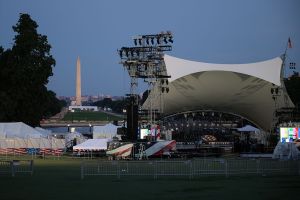
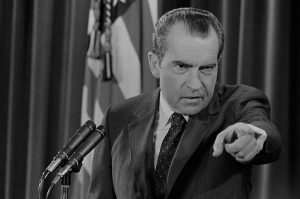
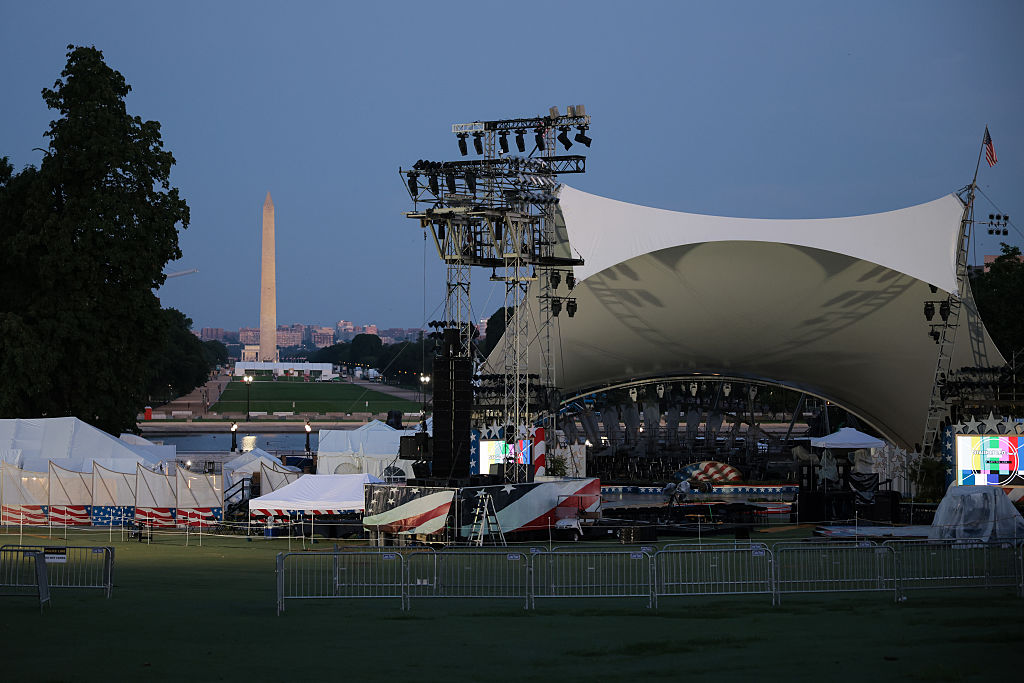
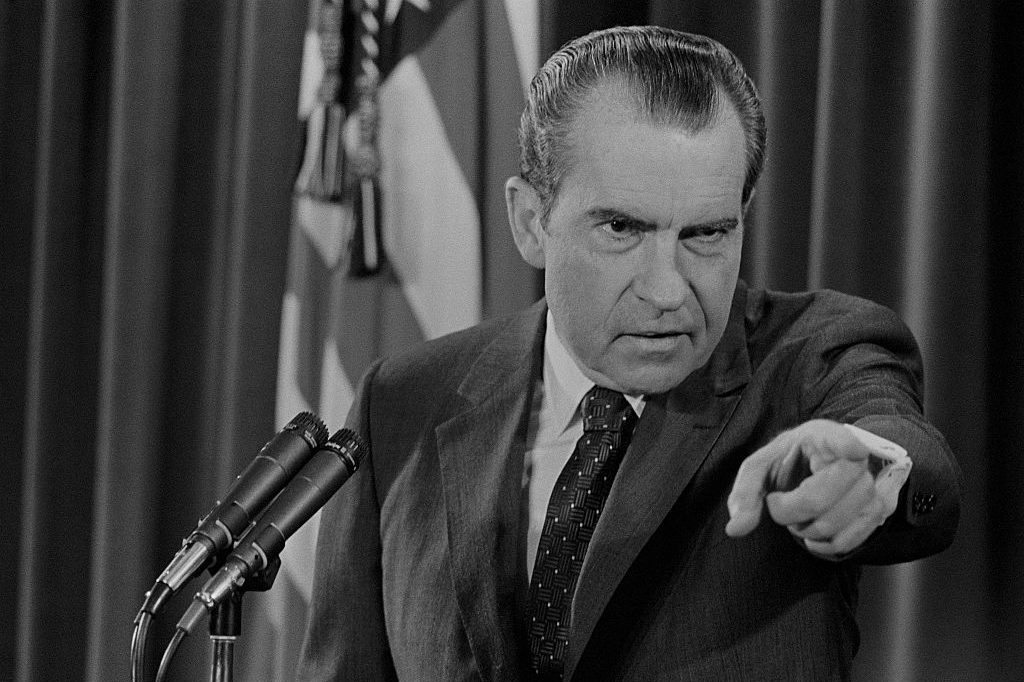


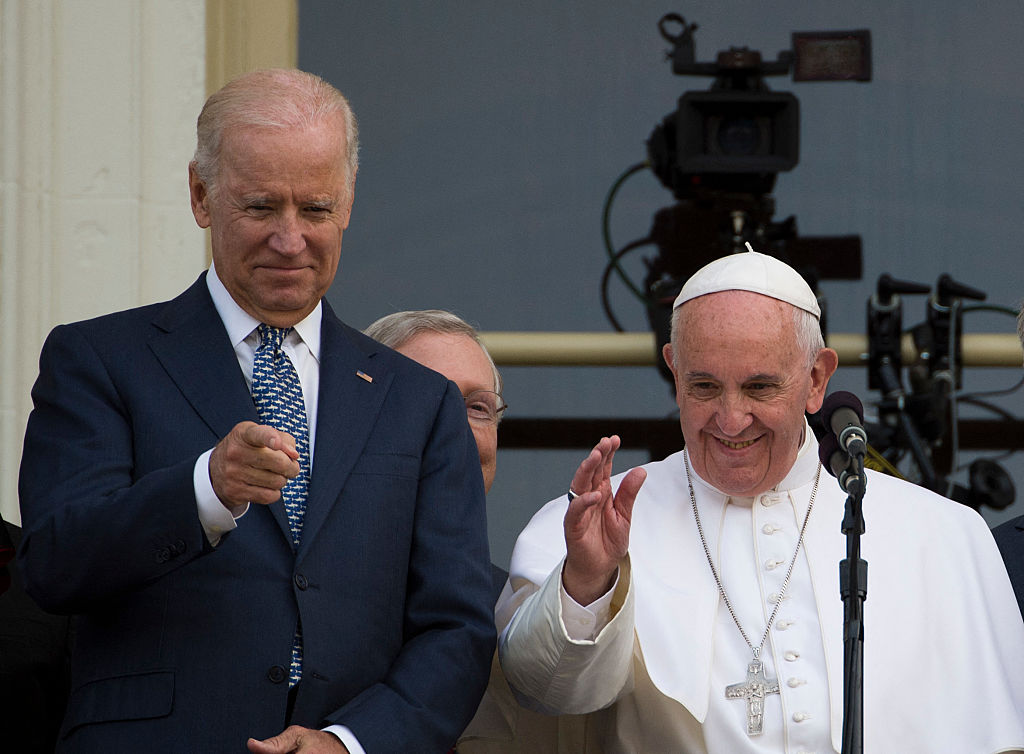








Leave a Reply